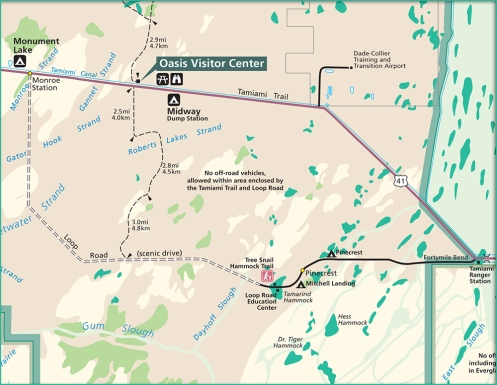
prompt: Great White Heron wearing armor with fierce expression and muted leafy background
♦
I thought I’d launch into 2023 with a new post of bird portrait images. Now this is not very unusual for those who know me, my love of photography and making bird portraits. These however deviate from my normal workflow of capturing portrait compositions in the field, waiting for the perfect pose and as perfect a background as I can capture in nature’s wild tangle where I have only so much control. Then, perhaps using photoshop to refine the capture into something artistic or painterly.
These works of art were made by my son, David, who is creative by nature, loves photography, but is also very well versed in the language of computers. These images were created by algorithms and the perception and synthesis of machines with the only human ask being a few word prompts and a world wide web of source material to draw from. This is AI art.
Should we fear that a machine can perform abstract creative tasks or is machine AI just the newest tool for human artists to push their dreams, visions and boundaries. What does it all mean? Steve Jobs considered his machines not just extensions of us but were us!! While machines generally are devices to extend our abilities and enhance productivity, they can never be more US than if they can create art. I can think of nothing more organic than that from a machine.
My son showed me some of his creations then asked if I wanted to send him some prompts. Naturally birds were on my mind. So I asked for a Great White Heron wearing armor with a fierce expression and a muted leafy or mangrove background to start with. I suppose the human creativity begins with how well you can articulate your request, what words, what mood you create for the AI engine to work on. It is like having a dream in that your brain has the raw information, but as you know with dreams, the output isn’t always exactly what you expect.
♦

prompt: Great White Heron wearing armor with fierce expression and muted leafy background
You can see how the same prompt can produce a different image.
♦

Prompt: Great White Heron in the style of Boris Vallejo
♦

Prompt: Great White Heron in the style of Boris Vallejo
A second image with the same prompt. As AI draws from images in unpredictable ways, this lovely bird has some extra toes giving it a rather other worldly feel.
♦

Prompt: Great White Heron as a Victorian scientist with a condescending expression wearing a lab coat working in a vintage laboratory, photorealistic.
♦

Lastly this prompt was by my little grandaughter who asked her father for: yellow cat wearing a yellow squid hat
Too cute eh?
♦
Lastly, these were created using the AI Engine of MidJourney which is a creative site with a subscription service. When you subscribe all the images you create are yours to do as you wish with them.
At http://www.midjourney.com you don’t have to be a member to click on the Community Showcase block and view some beautiful work by their members.
♦
Love it or fear it AI Art is here for better or worse and dang it does look addictive. I have all these still lifes in my head perhaps I can dream up the elements with a little help from a machine?
Happy 2023 !
As Ever,
Judy
UPDATE:
In answer to my thought that AI art being derived from web available sources of many types might be considered ” derivative’ art….Dave replied with the following way to look at it:
“I don’t know that derivative work is right. Imagine if you loved Boris Vallejo and you knew the art really well and practiced to create your own work close to his style. I think that is closer to what this is. The difference is that it’s like I am hiring a virtual artist to take my direction on themes and produce an original image. I kind of look at this like Dale Chihuly who is a renowned glass blower, but he was in an accident and for many years now he can no longer lift any glass blowing equipment. But he still has a studio where he directs a team of strong workers to implement his vision. He selects the glass colors, tells them what type of object, the technique/pattern and then he monitors and provides guidance as they are blowing the glass. Those resulting pieces are all original “Chihuly” glass, but he never picked up the blowpipe. I see this art some somewhat similar.
To be really clear, this isn’t chopping up peoples work and redistributing them, it is literally dissecting the elements of all art, what does armor look like, what does a crown look like. Then when it builds a scene, it figures out which variations on those themes and composes them. So it’s just a really advanced artist that can consume every painting Boris Vallejo ever made and every great heron photograph ever made and then use that as inspiration.
As I understand it, a lot of the “people” training model data is naked images. When building a character, it needs to know the naked form, then it literally learns how to put clothes on that form. This is why you can put armor on people, or any outfit you want. You can actually watch the AI building the image from a raw blurry mess to multiple levels of adding detail and sometimes you can see it starts with a mostly naked kind of image, then fleshes out the details. (no pun intended).”
Dave’s Instagram of ai images is f412ai The instagram link is: https://www.instagram.com/f412ai/ for some of his work
Posted in Bird Portraits, Uncategorized
Tags: AI Art, Bird Portraits



















































